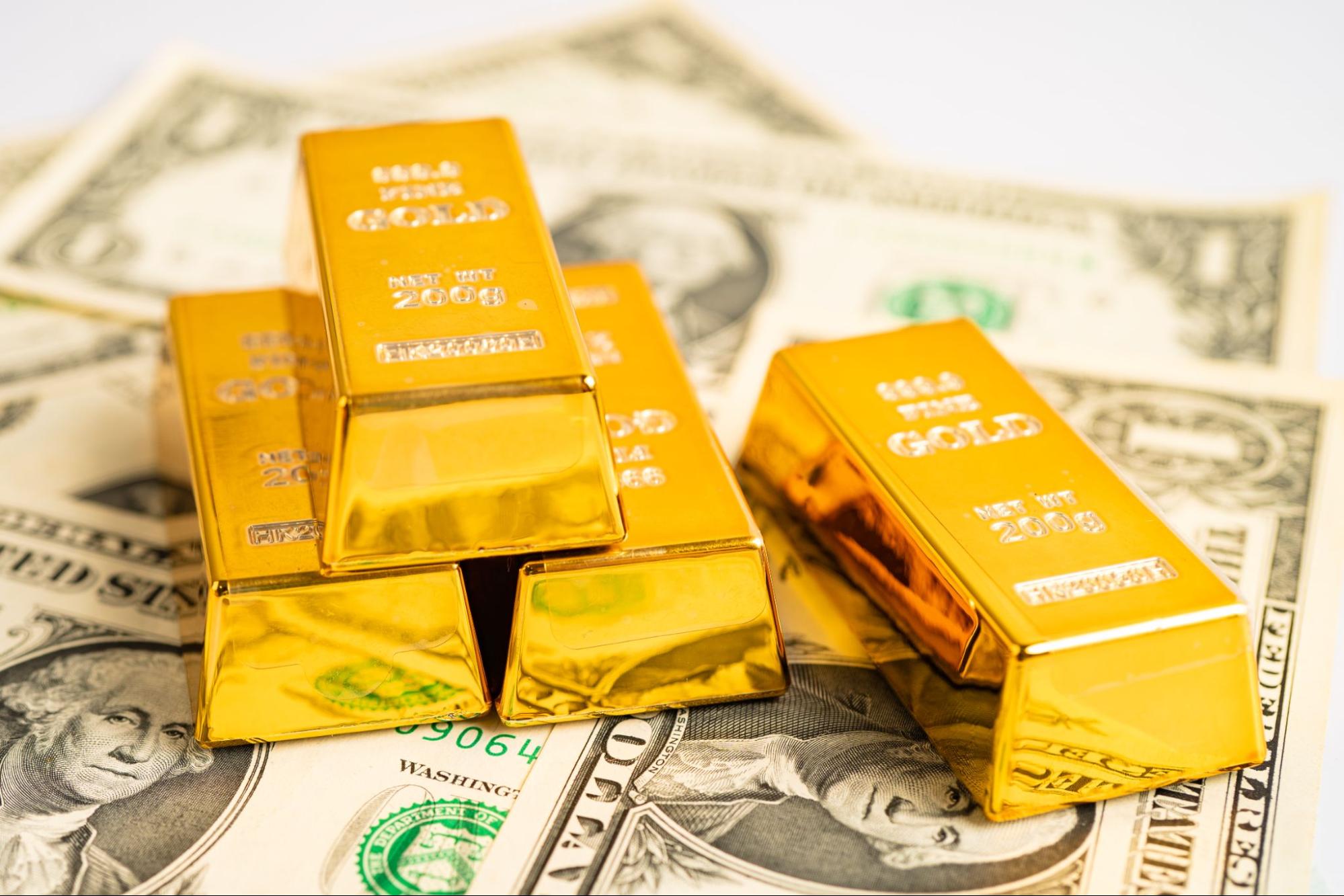
The relationship between central banks and gold prices is a complex one, with the former often playing a pivotal role in shaping the latter. Central banks, as custodians of their nations’ economies, wield significant influence over various financial markets, including the precious metals market. This article delves into the multifaceted ways in which central banks can impact gold rates, examining their gold reserves, monetary policy decisions, and broader market sentiment.
Table of Contents
Central Bank Gold Reserves
One of the most direct avenues through which central banks can influence gold prices is through their gold reserves. These reserves, often held as a safe-haven asset and a hedge against inflation, can be bought or sold by central banks to manipulate the market. If a central bank decides to sell a portion of its gold holdings, it increases the supply of gold in the market, potentially driving down prices. Conversely, purchasing gold can lead to a decrease in supply and a subsequent rise in prices.
Monetary Policy and Interest Rates
Central banks also exert influence over gold prices through their monetary policy decisions, particularly interest rate adjustments. When a central bank raises interest rates, it often strengthens the domestic currency relative to other currencies. This can make gold, which is often denominated in US dollars, more expensive for investors holding foreign currencies. Consequently, demand for gold may decline, leading to a decrease in its price.
On the other hand, when central banks lower interest rates, it can weaken the domestic currency, making gold relatively cheaper for foreign investors. This can increase demand for gold as a safe-haven asset and a hedge against inflation, driving up its price.
Market Sentiment and Central Bank Influence
Central bank statements and actions can significantly impact market sentiment, which, in turn, influences gold prices. For instance, if a central bank expresses concerns about economic growth or inflation, investors may view gold as a safe-haven asset and increase their demand for it. Conversely, positive economic news or a more optimistic outlook from a central bank can lead to a decline in demand for gold and a corresponding decrease in its price.
Different Perspectives
While the influence of central banks on gold prices is widely recognised, there are varying perspectives on the extent of their impact. Some argue that central banks play a dominant role in determining gold prices, with their actions directly driving market movements. Others contend that the impact of central banks is overstated and that other factors, such as supply and demand dynamics, geopolitical tensions, and investor sentiment, have a more significant influence.
Conclusion
Central banks undoubtedly play a crucial role in shaping the gold market. Their gold reserves, monetary policy decisions, and influence on market sentiment can all impact gold prices. However, it is essential to recognise that these factors are not the sole determinants of gold rates. Other economic, geopolitical, and market-specific variables also contribute to price fluctuations. Investors seeking to understand and navigate the gold market must consider the interplay of these factors, including the role of central banks, to make informed decisions.